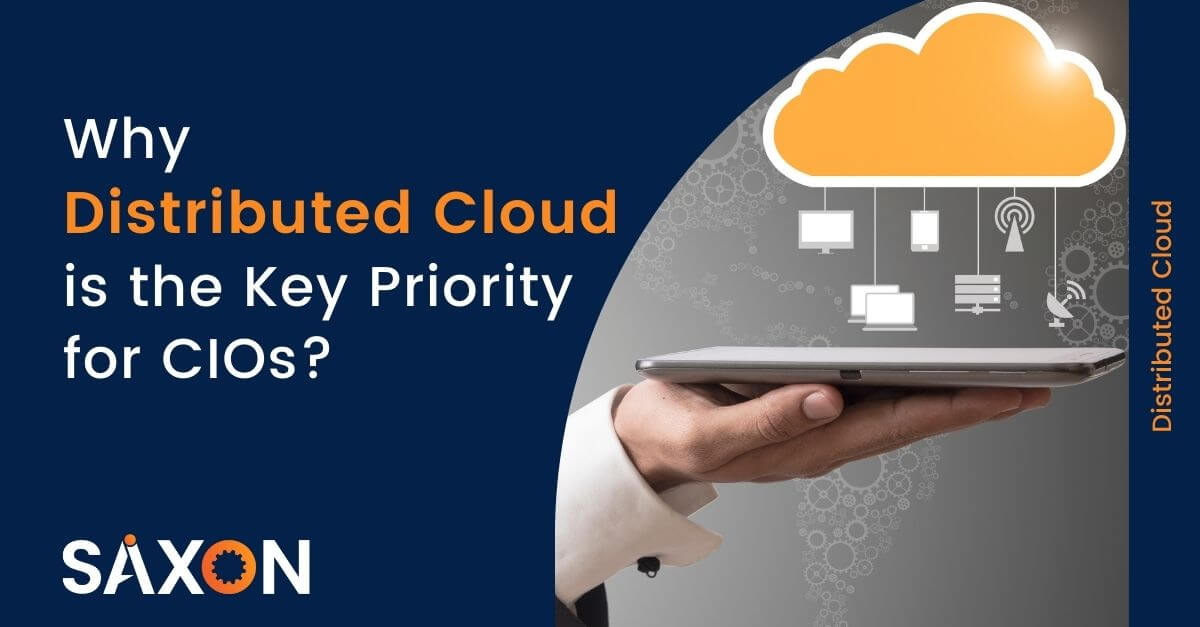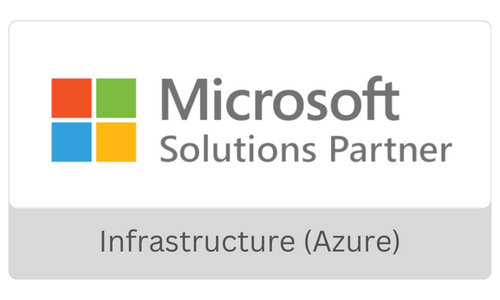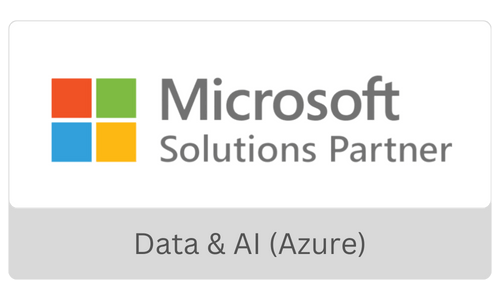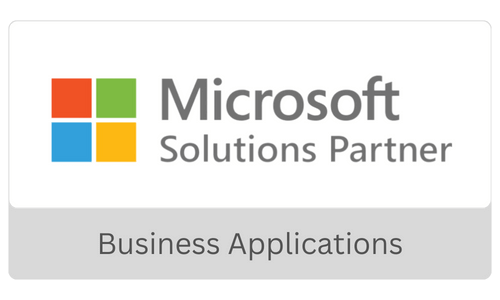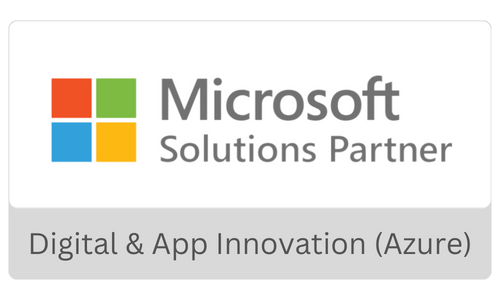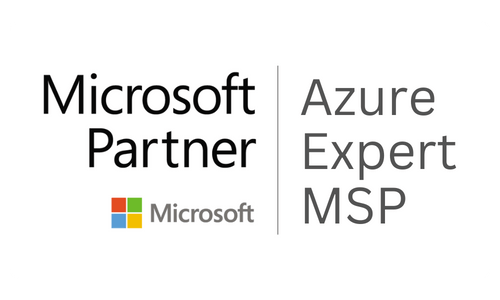Cloud computing has made remote work more manageable during the pandemic. With the new hybrid work culture evolving, cloud computing has a significant role. As per Gartner, cloud spending will account for 14.2% of global IT spending by 2024 compared to 9.1% in 2020.
Distributed cloud – The next-gen cloud computing
Organizations now rely on both public and private clouds. The hybrid cloud model is gaining prominence like the work culture. But connecting between them is cumbersome, as they have different provisioning, instrumentation, and orchestration approaches. It leads to overloaded costs, security, governance, and latency issues. It seems to be the best solution for this. As per Gartner, most cloud service providers may provide at least some distributed cloud services by 2024.
Organizations primarily leverage centralized data lakes and data warehouses in their analytics ecosystems. The original subject matter experts of data often lose control, thereby losing the value of the data. As the data drifts away from business consumers, costs and quality of insights vary. Organizations are looking at new trends like data mesh and data fabric to address these challenges.
With data mesh, the ownership of the data lies with the domain, and business teams can request a subscription for data products. In simple terms, data mesh and data fabric enable the decentralization of data. How is this possible?
How does Distributed Cloud work?
It forms the technical backbone for enabling these new data architectures. Organizations tend to prefer to deploy analytical processing at the data location. Allowing the ability to geolocate data forms the boundaries for the distributed cloud. It helps organizations perform compute more efficiently and improves security and latency. It enables organizations to manage the public cloud services distributed across locations centrally.
Business Imperatives Driving Distributed Cloud
It is not another tool or solution but an ecosystem to access data by the right person at the right place and at the right time. The infrastructure function now focuses on improving the business value of data by democratizing it and enabling access close to its proximity. It enables management from a centralized control pane while allowing the provisioning of analytical applications at the point of need. It also optimizes the physical and virtual infrastructure, unlike hybrid cloud, based on data governance, latency, and data gravity. Let me walk you through a few trends driving businesses for the distributed cloud.
- The adoption of Edge Computing – It enhances edge computing. Without the distributed cloud, organizations may witness a significant increase in overheads. The explosion of devices on edge will lead to processing around 75% of data outside the traditional or cloud data centers by 2025. With the distributed cloud, you can manage the ever-increasing edge environments through a single control pane, but the infrastructure remains spread across different edges.
- Hyper-personalized Experience – Businesses now intend to move analytics into customers’ hands. Instead of using data warehouses to serve a thousand user communities, they now tend to help millions of end-user communities. The current explosion of mobile device usage is changing the focus of organizations to omnichannel interactions and customer touchpoints. The customer experience should also improve with the data usage from these multiple channels. Democratized data access and seamless UI/UX enable organizations for real-time and hyper-personalized interactions irrespective of the place.
- The Best Solution to Hybrid Cloud Drawbacks – Distributed cloud addresses the location impacted data latency. Though the hybrid cloud expands the options for organizations, it affects the efficiencies, governance, and updates from the public cloud. It enables software and hardware outside the public cloud provider’s data center interconnected with a host of cloud resources. In other words, this provides a seamless cloud experience and incomparable data latency.
Benefits of Distributed Cloud
- Resilient to Demand – With the distributed cloud, the reliance on one cloud provider decreases while organizations plan for multi-cloud architecture. It ensures high availability and stability irrespective of the surge in demand.
- Improved Performance – As organizations enable analytical data processing per data location, it enhances processing and bandwidth and reduces data latency.
- Optimizing Costs – Organizations can leverage the most-effective pricing plans from different cloud providers when they run the right workloads, distributed locally on multi-cloud architecture.
- Innovation – It enables organizations to access various cloud service providers’ latest data and analytics offerings. Users can continue exploring new technology options and maximize the business scope.
- Better Security – As the distributed cloud decentralizes data operations, hackers can only access a portion of the data at a time. Businesses are less vulnerable to cyber attacks, data breaches, and other security threats.
- Risk Mitigation – As you get a centralized control panel to manage all the cloud resources, it is less likely to have unplanned outages and failures. Organizations can have a robust data and disaster recovery strategy with the distributed cloud.
A few Use Cases
As cloud computing evolves shortly, let us talk about the use cases on the horizon for the distributed cloud.
- As the adoption of cloud computing increases across industries, there is a need for hybrid cloud operations. Highly regulated industries like banking are already facing cloud concentration risk. To resolve these challenges, organizations can provision analytics applications with distributed cloud and run them anywhere.
- Personal Identifiable Information processing seems to be the trend across industries. With the distributed cloud, organizations can process such data at the location easing compliance requirements. Moving compute to the data offers the best solution for industries like healthcare, retail, and BFSI.
- Performing data analytics at the edge and close to consumers provides new opportunities in IoT analytics. With the distributed cloud, organizations can extract real-time insights from connected devices, smart homes, autonomous vehicles, etc.
The use cases for the distributed cloud are not limited to these, but the above use cases are generic across industries. You can always find a solution with the new technologies for your challenges.
CIOs – The New Considerations
As the regulatory requirements become complicated for data storage and processing, cloud computing has to evolve accordingly. The distributed cloud will definitely guide the new roadmap for cloud computing evolution. CIOs looking for reduced latency and accessing data at the location, the distributed cloud provides a next-gen value proposition. It comes with a few challenges too. Our experts will discuss the nuances of distributed data cloud at the Dallas Data Warehousing Summit 2022. Register Now!
Alternatively, you can reach out to us to understand the evolving data and analytics challenges. We continually strive to improve time to value through your insights journey.

